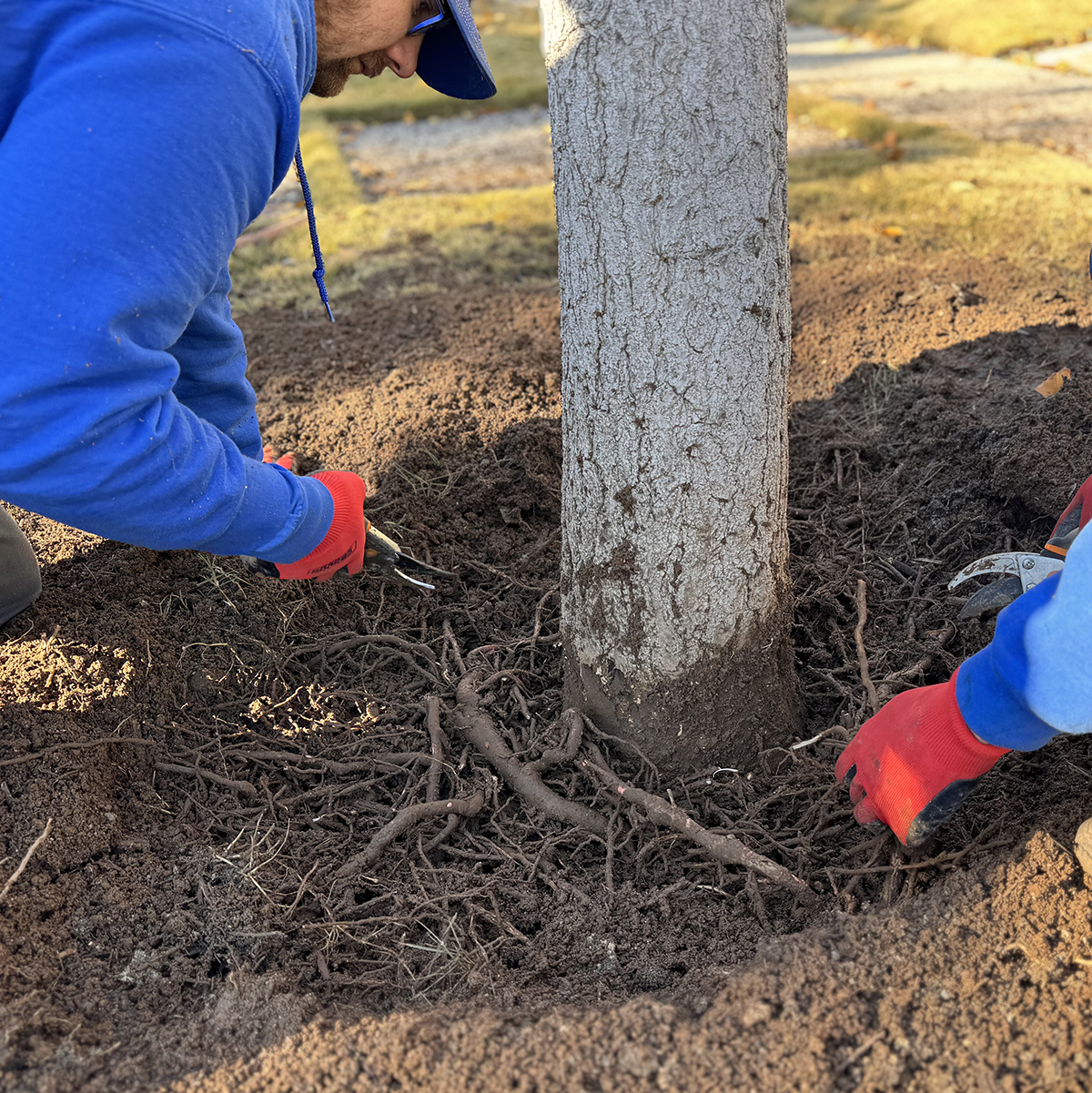Kretzchmaria | Fungal Disease

There are a wide variety of different fungal species that can live in the soil around trees. Some are beneficial, and are part of a healthy soil ecosystem. Others, however, like Kretzchmaria also known as Brittle Cinder Fungus, can spread through a tree’s living tissue causing significant damage and decay for the tree. A famous Austin, Texas tree that was affected with Kretzchmaria that had to be removed was Barton Springs iconic pecan tree named Flo.
Kretzchmaria Red Flags
- Crusty growth on trunk
- Gray or white growth on tree in the spring
- Black or gray growth near the base of the tree
- Fruiting body on tree
- Wilting leaves or discolored leaves


What is Kretzchmaria?
Kretzchmaria, known formally as Kretzschmaria deusta, is a pathogenic fungus notorious for its ability to undermine the structural integrity of trees. This fungus thrives in climates with moist conditions and is frequently encountered in both urban settings and natural forests.
The fungus produces distinctive fruiting bodies that appear as charcoal-like, crusty growths on the base of infected trees. These growths are not just superficial; they signal a deeper rot within the tree’s wood that can become a significant hazard if not promptly addressed.
Preventing Kretzchmaria starts with promoting overall tree health. Kretzschmaria is always present in the soil, and can infect a tree when there is root or trunk damage. Even a small cut in the bark can be an entry point for the microscopic fungal spores, so it is important to take care when displacing soil or doing landscaping work around a tree.
Ensuring that your trees are properly watered, mulched, and pruned can make them more resistant to infections. Avoiding unnecessary wounding of the bark is also crucial, as cuts provide entry points for fungal spores.
Incorporating proper mulching techniques and enhancing soil quality around your trees can act as a preventive measure against root injuries, which often serve as gateways for this pathogen.
How a Texas Tree Surgeons ISA Certified Arborist Diagnosis Kretzchmaria
The most telling symptom of Kretzchmaria infection is the presence of its fruiting bodies, which can be recognized as blackened, crusty patches at the base of a tree. These fruiting bodies are a clear indicator that the tree is battling this destructive fungus.
In some cases, affected trees exhibit limb dieback, yellowing foliage, and an increased vulnerability to windthrow due to weakened root structures.
A certified arborist will determine a diagnosis by taking into account recent weather conditions and drainage patterns at the property.
How Texas Tree Surgeons Treats Kretzchmaria
Unfortunately, there is no treatment for Kretzschmaria, and an infected tree must be removed for safety. It is possible to perform a root zone excavation, sonic tomography, or resistograph to examine the extent of damage, but the tree will have to come down. It is better to remove a tree safely before it falls on its own.
What can Homeowners do to Help Their trees with Kretzchmaria?
If you suspect a tree may be infected, it’s essential to consult with an ISA Certified Arborist® who can assess the extent of the problem and recommend appropriate timely action. Unfortunately, once a tree is heavily damaged, removal is necessary to prevent potential hazards.




What Will Happen to my Tree with Kretzchmaria?
Kretzchmaria primarily affects the lower trunk and roots, causing what is sometimes referred to as root rot. The decay process initiated by this fungus involves a selective attack on both the lignin and cellulose components of the wood, leading to a rapid deterioration of the structural tissues of the tree.
Trees affected by Kretzchmaria can appear healthy superficially, maintaining green canopies even as the internal decay progresses. However, the underlying rot can lead to a sudden collapse of the tree, posing a risk to nearby structures and people.
As the fungus advances, it may also cause visible cankers and wood discoloration, further compromising the tree’s stability.
What Species are Texas Tree Surgeons Arborists Seeing this Effect?
- Hackberry
- Pecan
- Maple

Weakened trees are more susceptible to disease, insects, and fungal infections. Each additional stress a tree incurs will diminish its health. Call today to schedule a consultation for an Arborist assessment before your tree fails from root rot.
Related Blogs
Similar blogs related to this topic


Ganoderma | Fungal Disease
Prevention is key to preventing your trees from getting Ganoderma. Ganoderma, like Kretzschmaria, is present in the soil, and infects a tree when its roots become damaged and lose their protective bark. Ganoderma Red Flags …
Read more

How Does Soil Health Impact Tree Growth?
Understanding the connection between soil health and tree growth is crucial for anyone interested in keeping their landscape healthy. Healthy soil forms the foundation for robust and thriving trees, impacting everything from their size to…
Read more

Root Pruning on Young Trees
Best case scenario is that a young tree’s roots are pruned prior to planting, but that doesn’t always occur. Following best practices for planting new trees will ensure they have the best chances for growth…
Read more
